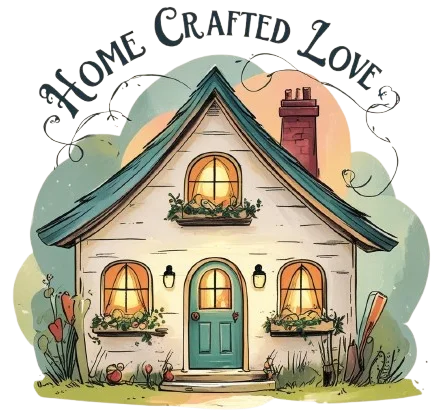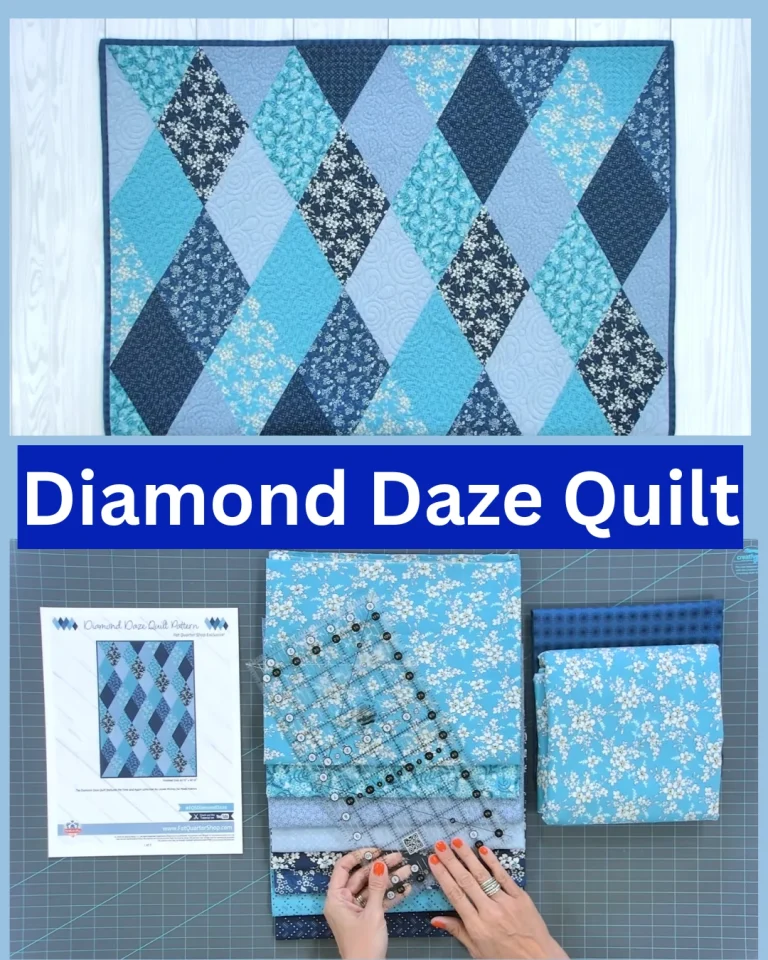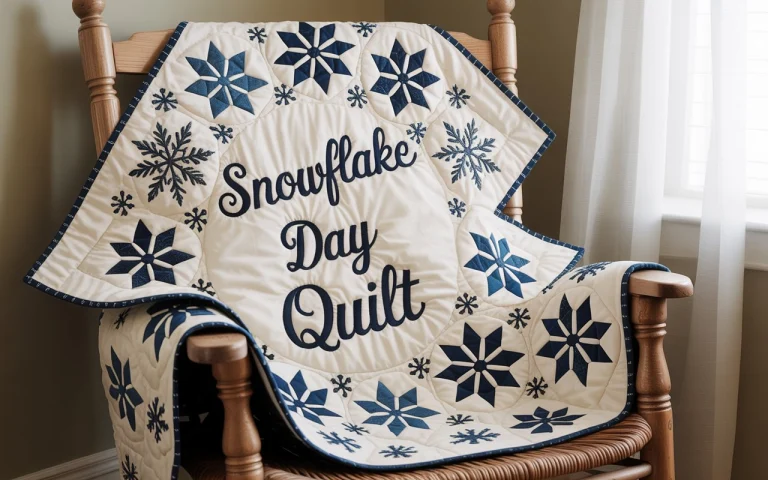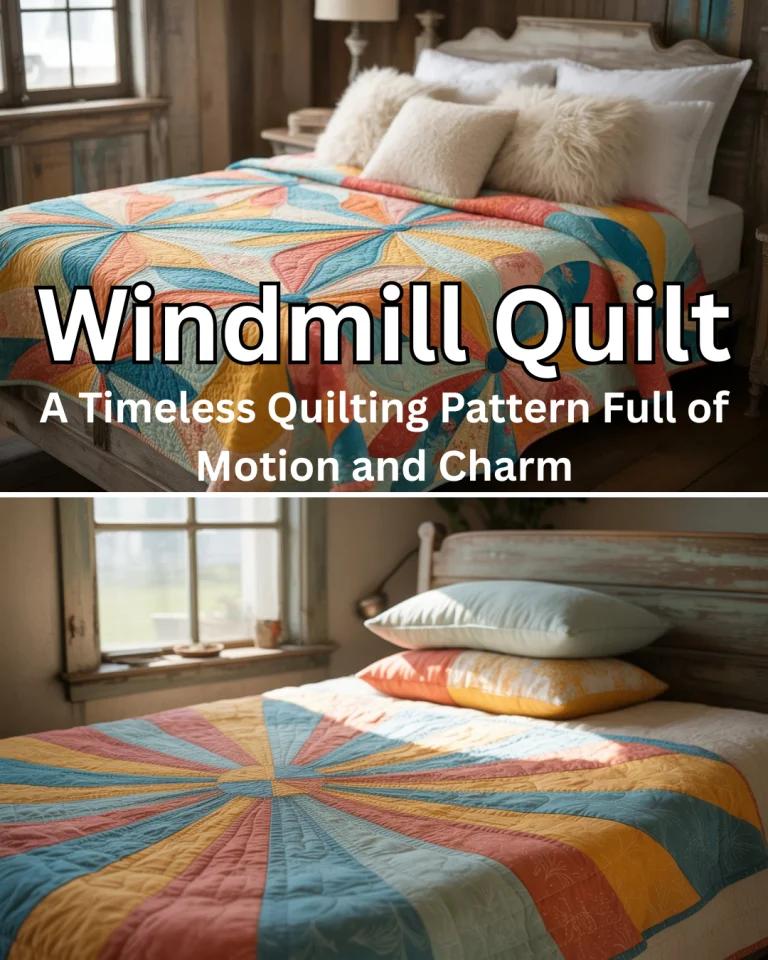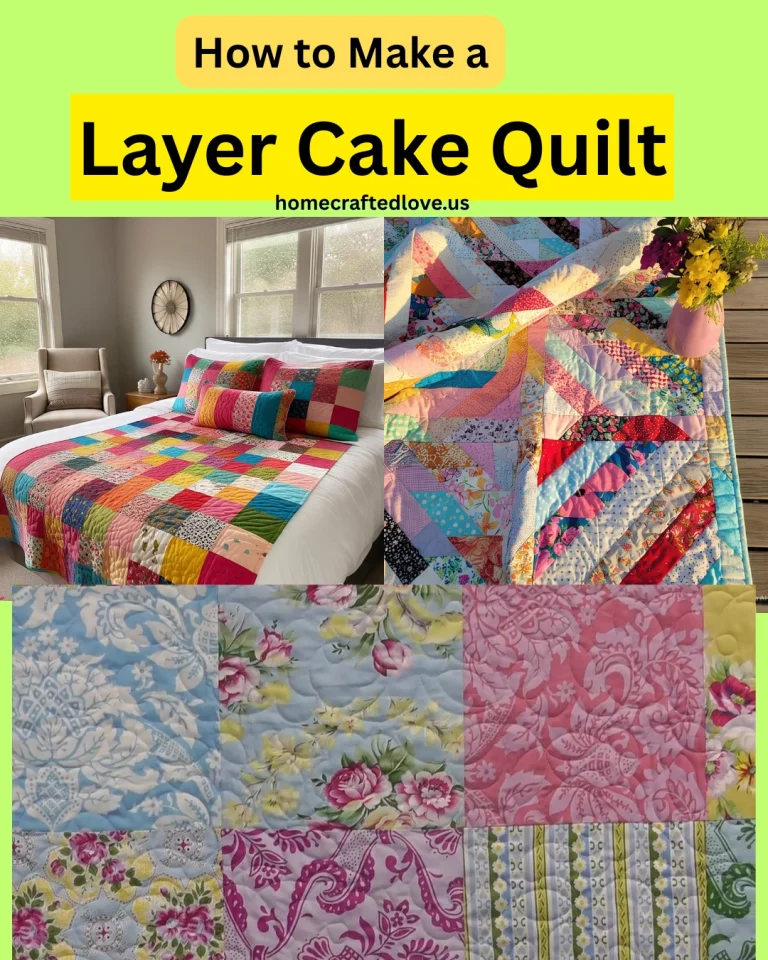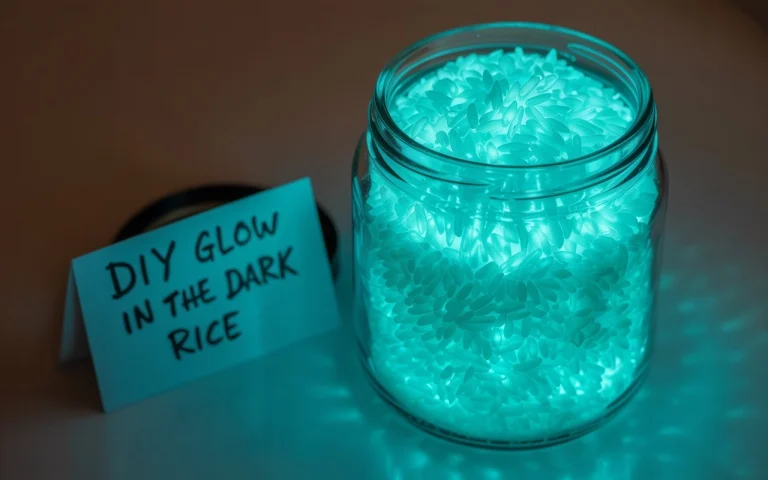15 Basic Embroidery Stitches Every Beginner Should Know
Embroidery is a timeless art form that adds a personal and creative touch to fabric. Whether you’re decorating clothes, home linens, or creating custom gifts, knowing the basic embroidery stitches is the first step to mastering this craft. In this guide, we’ll walk you through 15 basic embroidery stitches that are essential for beginners. These stitches are simple, versatile, and the foundation of most embroidery projects.
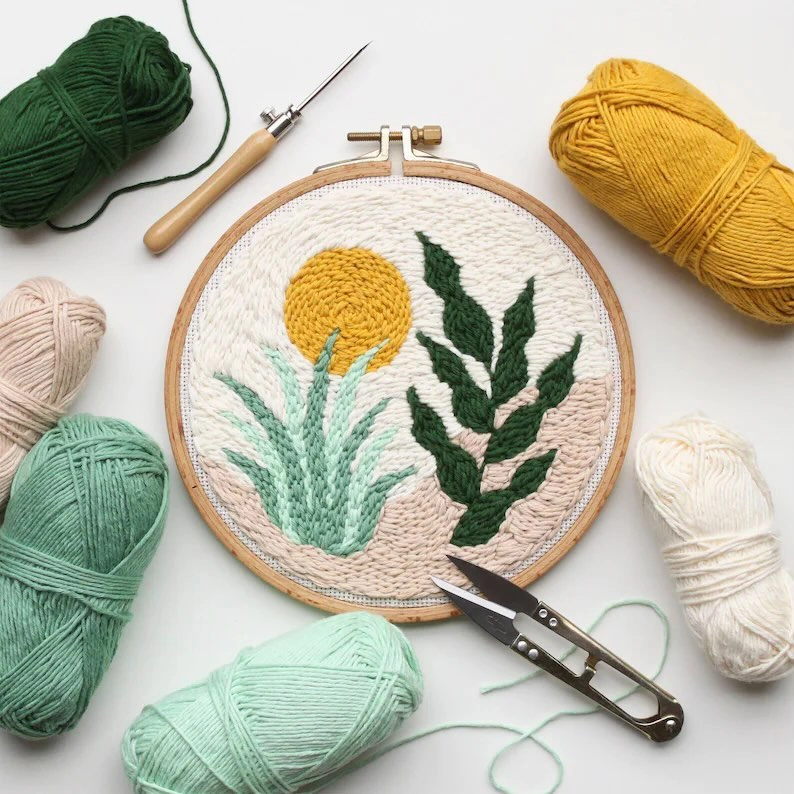
Why Learn Basic Embroidery Stitches?
Before diving into advanced techniques, it’s important to build a strong foundation. These stitches will allow you to create borders, fill shapes, add texture, and bring any design to life. Once you master the basics, you can combine them to create more complex and detailed embroidery.
Related: How to Make a Rag Quilt A Complete method 2025

1. Running Stitch
The running stitch is the most basic of all. It’s a simple line of evenly spaced stitches and is used for outlining or sewing fabric pieces together.
Best for: Outlines, borders, and simple patterns.
2. Backstitch
This stitch is great for creating clean, solid lines. It’s often used for lettering and outlines.
Best for: Text, outlines, and strong borders.
3. Split Stitch
The split stitch creates a rope-like texture and gives a solid line that’s ideal for curves and outlines.
Best for: Curved lines and detailed designs.
4. Satin Stitch
Satin stitch is used to fill shapes with solid color. It creates a smooth, satin-like surface.
Best for: Filling small shapes and adding a bold color effect.
5. Chain Stitch
As the name suggests, it looks like a chain. This decorative stitch is great for adding texture and flair.
Best for: Decorative outlines and borders.
Related : Windmill Quilt: A Timeless Quilting Pattern Full of Motion and Charm 2025
6. Stem Stitch
Stem stitch is slightly twisted and ideal for making smooth, curved lines like stems and vines.
Best for: Floral designs and curves.
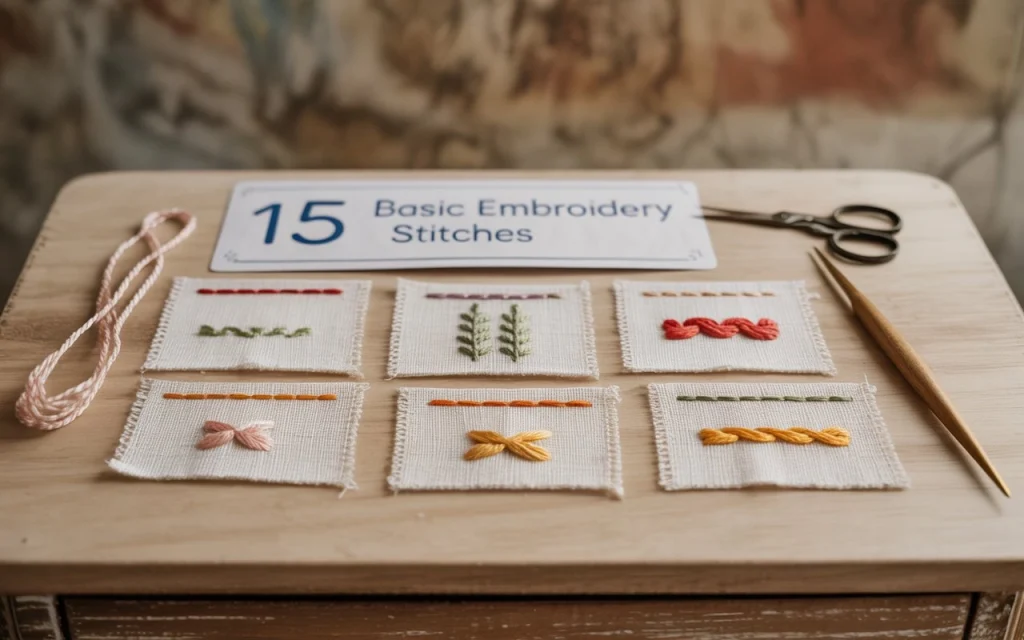
7. Lazy Daisy Stitch
This stitch is perfect for creating petal shapes. It’s a looped stitch held down by a small straight stitch.
Best for: Flowers and simple motifs.
8. French Knot
French knots are small, raised dots used to add texture and detail to embroidery designs.
Best for: Flower centers, eyes, and decorative accents.
9. Blanket Stitch
Used mostly for edges, the blanket stitch secures fabric and adds a decorative touch.
Best for: Finishing edges and decorative borders.
10. Feather Stitch
Feather stitch is a decorative, open stitch used to fill spaces and create vine-like designs.
Best for: Borders and filling large areas.
11. Herringbone Stitch
This cross-style stitch adds a woven look to your embroidery and can also be used as a border.
Best for: Decorative lines and textures.

12. Cross Stitch
Commonly used in counted-thread embroidery, cross stitch is made by crossing two diagonal stitches.
Best for: Patterns and grid-based designs.
13. Fishbone Stitch
The fishbone stitch creates a leaf-like pattern, perfect for natural shapes.
Best for: Leaves and layered shapes.
14. Couching Stitch
This stitch involves laying down a thread and tacking it in place with small stitches.
Best for: Bold lines and metallic threads.
15. Fly Stitch
Fly stitch forms a V-shape and can be used in clusters or alone for different textures.
Best for: Borders, leaves, and textured areas.
You Might Also Like This: Diamond Daze Quilt Tutorial
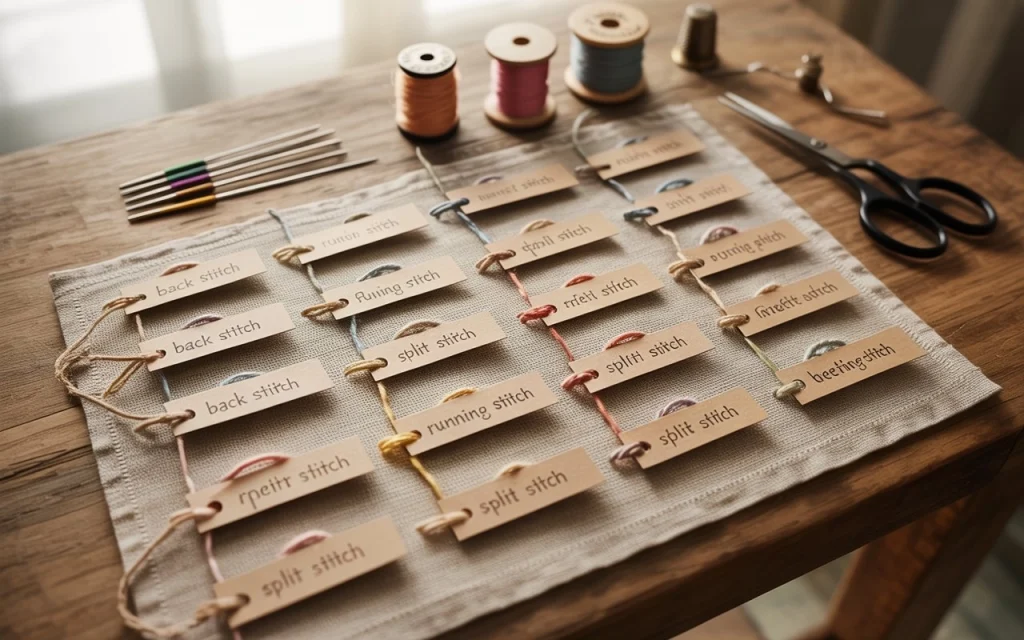
Final Thoughts
Mastering these 15 basic embroidery stitches is essential for anyone starting their embroidery journey. They give you the tools to create a wide variety of designs, from simple borders to detailed patterns. As you grow more comfortable, you can mix and match these stitches to develop your unique style.
Whether you’re stitching for fun or planning to turn your passion into a business, these foundational techniques will help you get started confidently.
